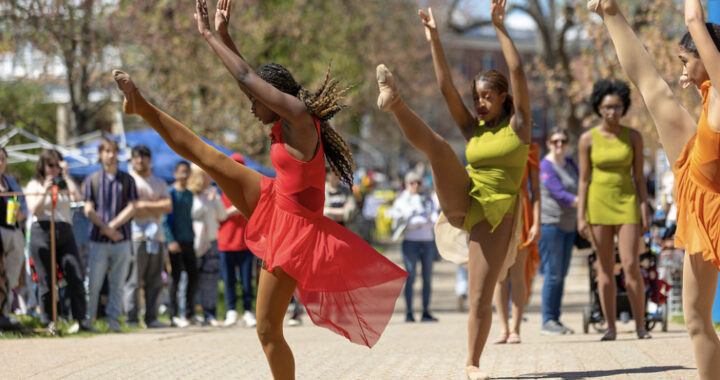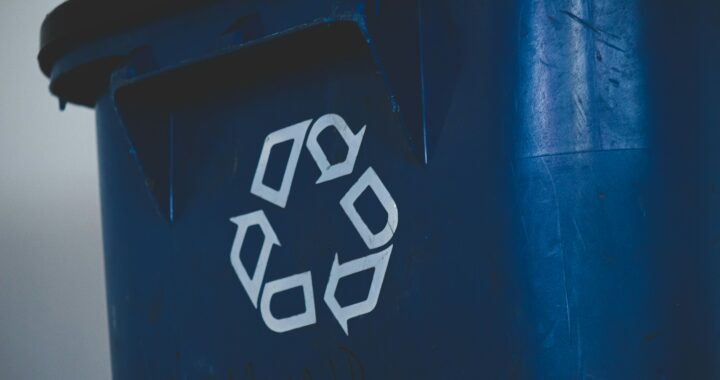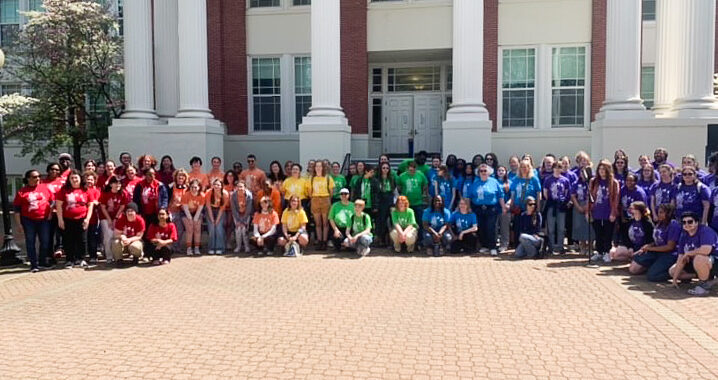Hackathon Shows 3-D Technology
2 min readBy CHELSEA DICUS
The University of Mary Washington held a 24-hour Hackathon in the Simpson Library in the new ThinkLab starting on Friday, Nov. 17 at 5 p.m. to showcase the new workspace and equipment, including 3D printers.
George Meadows and Tim Owens teach a freshman seminar in this collaborative workspace and hosted the Hackathon to introduce students from all disciplines to 3D printers, Arduino microcontrollers and electronic components, breadboards, soldering irons, lego Robotics and more.
Meadows is a professor of education and focuses on science and technology, while Owens works in the Division of Teaching and Learning Technologies for the university.
There are few other colleges opening the program up to all disciplines, according to Owens, who also stated they didn’t want to hold it in a science building” so that all students would find the lab accessible.
Owens estimated that 40 or 50 students attended the event, and he considered it a “raging success.” Owens hopes to have similar events at least once a semester to continue to “expose the space.”
Students used the 3-D printers to build objects out of plastic and practice their soldering skills. The printers work by taking a digital design, heating up strands of plastic, and then spraying out the plastic in layers to build the 3-D object.
Some projects on which the students include companion cubes from the game portal and a heart with rotating gears. Owens and other students worked on a larger project to assemble a new CNC machine, which can cut 3-D objects out of other materials such as wood and aluminum.
The ThinkLab is designed “to inspire students to do hands-on” work, according to Owens. Reiterating this point, one wall of the lab reads, “Think. Design. Build!”
The 3-D printing also “opens up a lot of opportunities to not just be consumers but also producers,” said Owens.
Some projects students have been working on in the class include a laser gun for a Halloween costume, jewelry that lights up from motion or light censors and an iPhone case that charges iPhones from batteries.
“You can go in and make it what you want,” said Meadows.
The Hackathon was also held to encourage students to form a club and make them “more willing to pry into things,” according to Meadows. It is becoming more important that students get a “good handle of what’s involved in engineering,” and the 3D printing is a good place to start.
“Some people are expanding their knowledge on the 3D printers,” said Kayla Ste’Phens, one of the 16 students in the freshman seminar.
She signed up for the class randomly, but said that she was pleased with it
Allison Broadhead, a student who attended the Hackathon said, “I didn’t know how 3D printing works,” but “It was a lot of fun to watch it print.”











